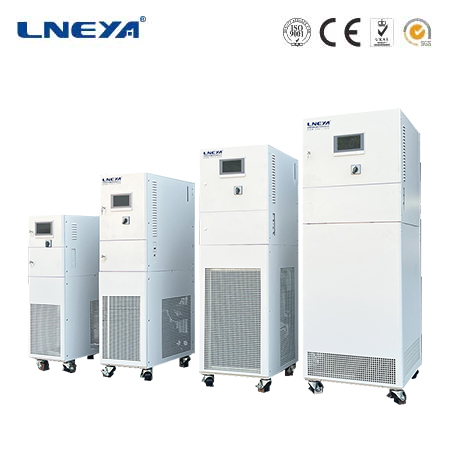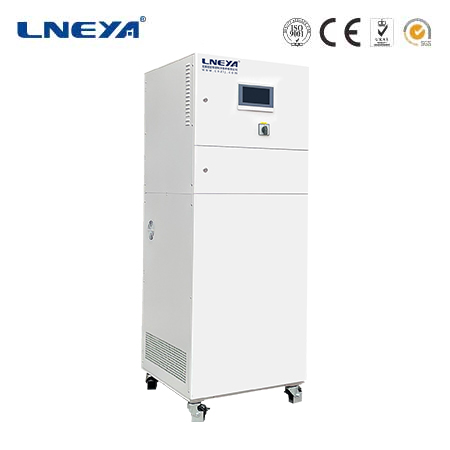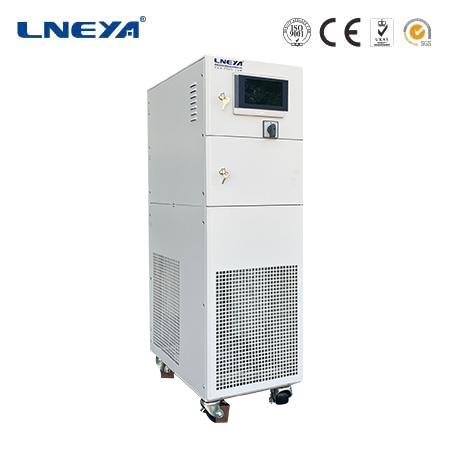water chiller cooling system
Introduction to Water Chiller Cooling Systems
Water chiller cooling systems, also known as chilled water systems, are refrigeration systems that use water as a secondary refrigerant for heating, ventilating, air conditioning, and refrigeration (HVACR) applications. These systems are crucial in larger and more complex facilities, providing precise temperature control and energy efficiency.

Principles of Water Chiller Cooling Systems
Water chiller systems operate on the vapor compression cycle, which involves four main processes: compression, condensation, expansion, and evaporation. The system consists of two main loops: the refrigeration loop and the chilled water loop. The refrigeration loop is responsible for cooling, while the chilled water loop distributes cold water to consumer units.
Compression: The low-pressure vapor refrigerant is pressurized by the compressor, increasing its temperature above ambient levels.
Condensation: The high-pressure, heat-carrying refrigerant is condensed, releasing heat to the environment or a cooling tower.

Expansion: The high-pressure liquid refrigerant passes through an expansion valve, lowering its pressure and temperature.
Evaporation: The low-pressure, low-temperature refrigerant absorbs heat from the chilled water loop, cooling the water.
Components of Water Chiller Cooling Systems
The key components of a water chiller system include the compressor, condenser, evaporator, and expansion valve. These components work together to transfer heat from the chilled water loop to the refrigerant, which then rejects the heat to the environment.
Types of Water Chillers
Water chillers can be classified into various types, including absorption chillers, reciprocating chillers, screw chillers, scroll chillers, and centrifugal chillers. Each type has unique features and is suited to different applications and capacities.
Efficiency and Cost-Effectiveness

Water chiller systems are subject to various production and energy efficiency standards, such as AHRI 551/591, ASHRAE 90.1, EN 14825, and GB/T 18430.1, which ensure their performance and efficiency. High energy efficiency technologies, including new compressor technology, high-efficiency heat exchangers, and new refrigerants, contribute to the component, unit, and system energy efficiency of water chillers.
Economic Benefits of Optimal Control
Optimal control technologies for water-cooled chiller systems can lead to significant economic benefits. These technologies include variable speed control of cooling tower fans, constant approach, fixed and low cooling water leaving temperature, and variable condenser water flow. These can be adapted to most existing chiller systems with minor modifications, leading to savings in electricity and water costs while improving environmental performance.
Conclusion
Water chiller cooling systems are vital in providing efficient and precise temperature control in a variety of applications. Their modular design, adherence to efficiency standards, and the integration of advanced control technologies make them a sustainable choice for HVACR systems. Understanding the principles, components, and types of water chillers is essential for optimizing their performance and reducing energy consumption, thereby contributing to more sustainable building operations.
Related recommendations
process coolers
355IntroductionIn the dynamic realm of industrial activities, maintaining precise temperature control is often the linchpin for the success of numerous processes. Process coolers emerge as essential ...
View detailsclosed loop water chiller system
468A Comprehensive Guide to Closed Loop Water Chiller SystemsClosed loop water chiller systems are widely used in numerous industrial and commercial applications for efficient heat removal and temper...
View detailstemperature in chiller
189Significance of Chiller TemperatureIn industrial applications, an incorrect chiller temperature can lead to product defects, equipment damage, and decreased production efficiency. For instance, i...
View detailsoil heater system
672Oil Heater System: Technology, Applications, and Efficiency Oil heater systems are widely used in industries such as chemical, petrochemical, and pulp-and-paper for maintaining process temperat...
View details
 LNEYA Thermal Test Chillers
LNEYA Thermal Test Chillers






HelloPlease log in